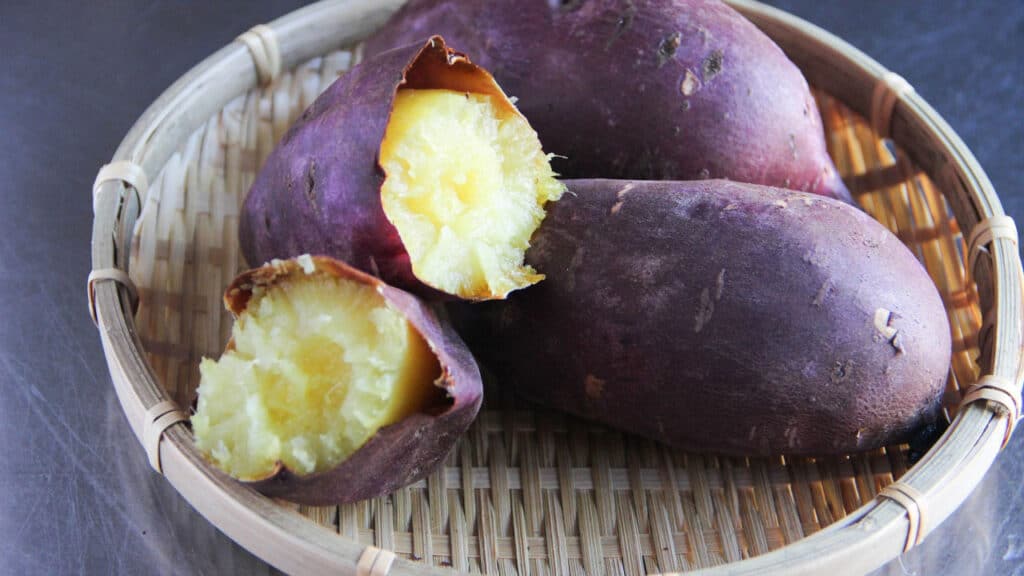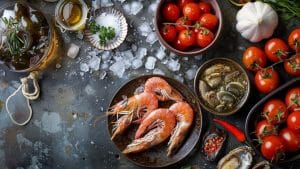It’s all very well saying that you need to eat certain foods, but most of us know it’s not that easy. There are all kinds of things that can limit our access to good food. It’s not just about will; it’s about whether you can even grow crops where you live, or if there’s a shop close enough to sell them. Geography and money play a depressingly significant role.
Take Okinawa. It’s different from the rest of Japan in a lot of ways, not least because it was a separate country until relatively recently. This includes having its own distinctive diet, which seems to contribute to a longer overall lifespan (https://www.bluezones.com/2022/08/okinawan-cuisine-how-sweet-potatoes-came-to-be-a-staple-food-for-centenarians/#).
Rice is the staple in much of Japan, but the storm-battered islands of Okinawa, subtropical in their climate, aren’t the best for rice growing. It costs a fortune to import it from elsewhere in Japan. Similarly, it’s not a great area for farming animals. Meat in the Okinawan diet, as on many islands, mostly comes from seafood.
And so we come to the unexpected star of the Okinawan diet: the sweet potato, called imo. Japanese sweet potatoes tend to be purple rather than the orange that’s more recognizable over here, and they are impressively high in fiber, antioxidants, potassium, vitamins A, C and E, and multiple B vitamins. It also has what we call a “low energy density.” It will fill you up and leave you satisfied in a way plain white rice doesn’t generally accomplish.
Imo originally came to Japan from China, and it grew well in the Okinawan soil. That’s something we have to think about when we’re making dietary recommendations. What suits the environment that you’re living in? It’s like how indigenous peoples in the Arctic still hunt whales, something that’s become taboo in most of the world, because one whale can provide everything they need from food to fuel in some of the most inhospitable corners of the planet. Growing or importing up there is pretty much impossible.
Humans are a resilient species, and we can be pretty creative in a tight spot. We find that a regular diet isn’t feasible, so we invent whole new cuisines to use whatever else we can find. Practical necessity has driven a surprising amount of successful innovation when it comes to food, and it can bring you both flavor and health.




